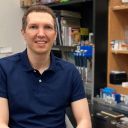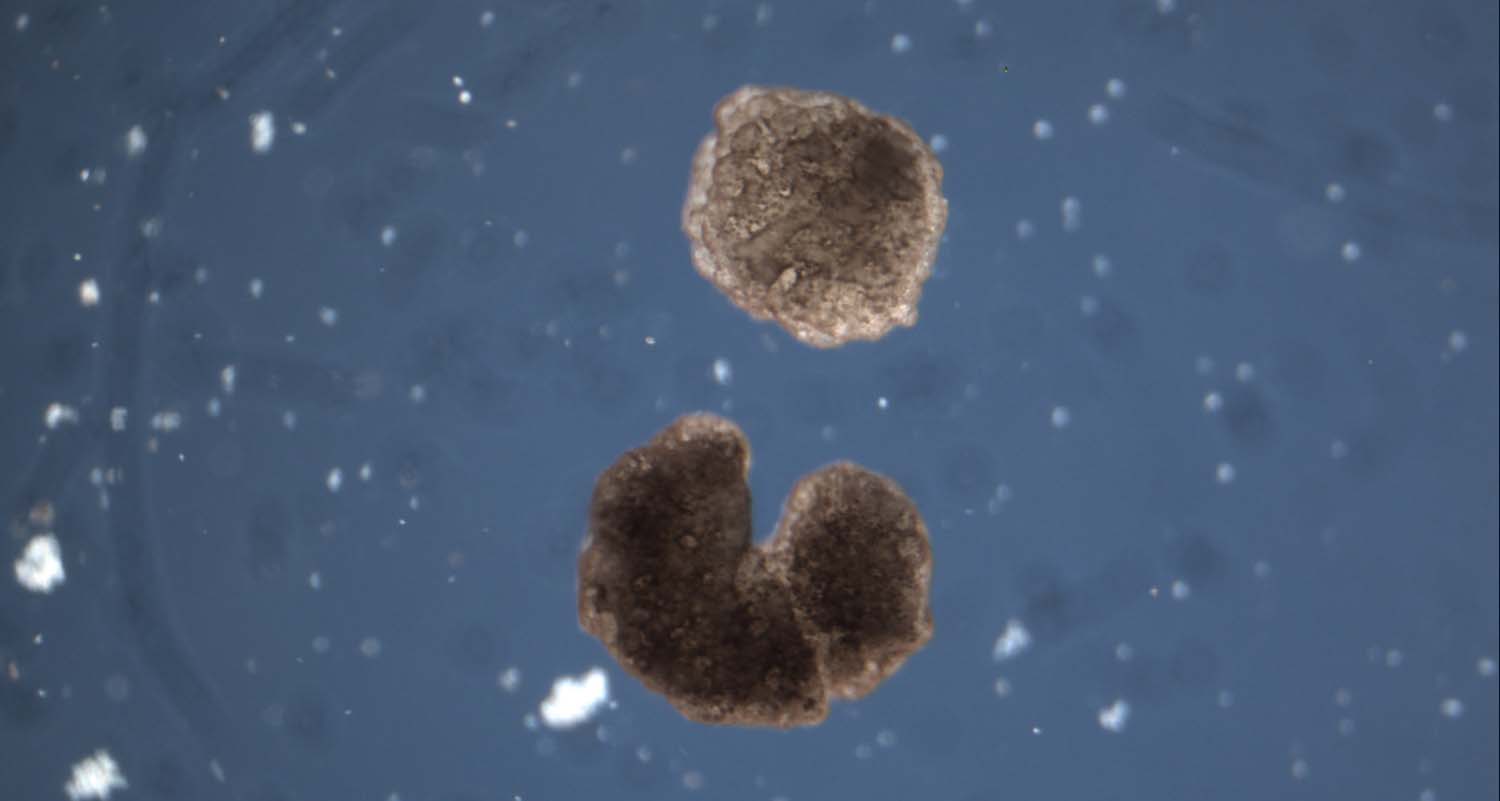My research program has the overarching goal of understanding tissue plasticity – the response of cell populations to alterations in patterning, local environment, and signaling from neighboring tissues. From a top down perspective, I use a multi-scale approach to understand the genetic and physiological controls systems that govern patterning, morphogenesis, and remodeling. From the bottom up, I then use these control knobs in basic and biomedical science contexts, to direct specific anatomical and behavioral outcomes.
A recent focus of this work has been the creation of engineered living systems - designed by a computer and then built from amphibian stem cells. These "biomachines" have opened a whole new field of research, allowing us to move between simulated (in silico) and biological (in vivo) worlds and answer a number of fundamental questions about biological control systems, cellular communication, tissue plasticity, and self-assembly.




